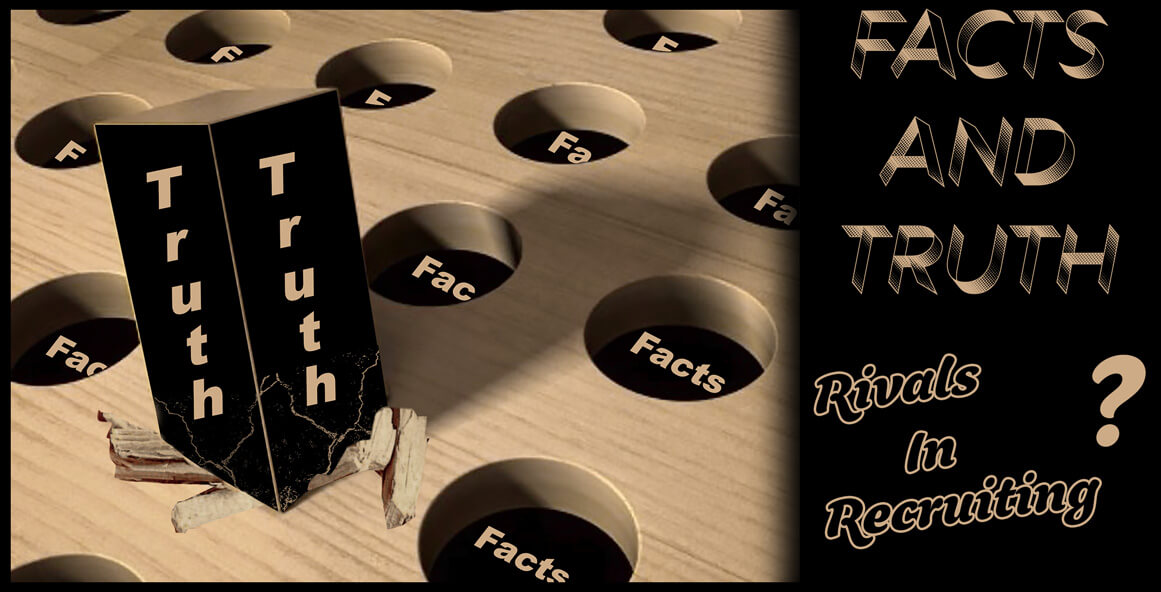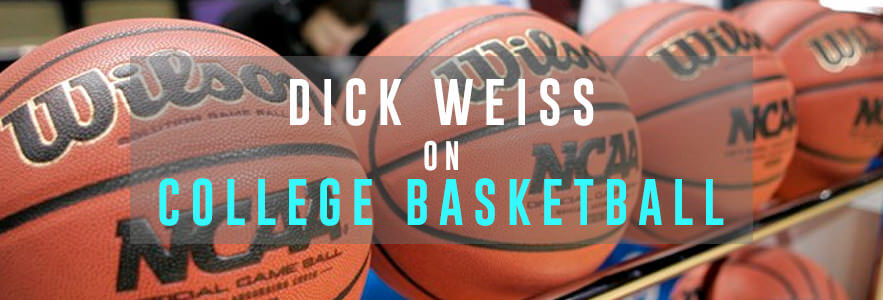
The unsettling times we’re all living in now and the ever changing dynamics of the current recruiting landscape have created, magnified and added urgency to questions in the minds of those athletes narrowing in on a decision for their academic and athletic future. Resolving those questions entails knowing who to trust and where to get the information you’ll need to make a smart decision. The transfer portal is already a crowded crosstown bus. An emotional or rushed choice at this point may well have you looking for a bus transfer of your own.
There are a lot of voices more than willing to speak up and share their two cents on decisions that they have no insights on other than what they might see from the sidelines. When unsolicited help comes your way from folks not part of your inner circle rest assured they’ve got an ulterior motive and agenda. Even people in your social or basketball circle will suddenly have opinions and wisdom on “how it works” without any more knowledge than a degree from Social Media U and one of their fine trailer park campuses. Who to trust is the first element of making a good decision. Weeding out the newcomers and voices with no winds of experience in their sails will set you on the path to getting it right the first time and staying off that overcrowded bus looking for new addresses and locker rooms.
So, as a recruit, where do you look for help? You have resources to call upon but before they can help you, you’ll need to have a conversation with the player in the mirror. Identify what will make a school home and become comfortable with what your standards are. Not your parents, not your coaches, club directors or personal trainers. Nobody else can tell you what you “need” in a school or basketball program. That one is on you. Of course, no sooner than you have settled on that core criteria, people will start trying to get you to bend, compromise, settle and look at alternatives.
Now we get to the topic du jour, Fact and Truth…and how little they actually have in common for a student athlete.
In and of itself the decision of where to continue your education and career is challenging enough. Finding that “perfect fit” athletically, academically and personally while utilizing the wealth of wisdom and experience that comes with 15, 16 or 17 years of age…well…sure…nothing to it…piece of cake. Except that no other entity remotely possesses more talent in creating, shaping and distributing information than the talented recruiters for college athletic programs. And the basketball folks, well they may be the ones holding the bar the highest.
For years now the coaching, clinic and writing staffs I’ve been part of have made a colossal (and important) effort in helping prospective student athletes sift through the information, propaganda and promotion coming their way in the recruiting process. Yet, despite everyday logic that dictates that facts are inherently good to know, many times they miss their mark because of context or relevance and even provide safe cover for some less than glowing actualities of a school or program. Because a number reads “good” on paper or sounds good in general conversation doesn’t mean it rings true in the specific application and concern of an individual prospect. A good recruiter can have you believing you’re going away to school in your own hometown by flying on a boat leaving from the train station…yesterday!
As a perspective student athlete you’re making a personal decision regarding each coach, staff, program and school that’s legitimately in the mix for your services. Part of the distortion that “facts” can create comes from the reality that they’re often facts belonging to another athlete. Recruiters are quick to share why this athlete or that one chose their program. Especially their biggest success stories. Why others chose to go their way can be interesting, even insightful to some degree but, in actuality, that decision holds virtually no relevance in the dynamics that might go into your own choice. Beware coaches selling you on the chance to be the “next” anybody. You’re only at your best when you make wise decisions to become the “first” you.
Obviously you share a lot in common with other recruits, current players and former athletes from every school recruiting you. At the same time, every single individual is different in their needs on the court, in the classroom and socially. It’s even possible that two athletes could happily choose the same school…for essentially the same reason…yet interpret exactly what that reason might mean to their career and future in a completely different manner. That scenario works well…because it was their own choice. Nothing is more important than making sure that another athlete’s decision doesn’t lead to your transfer.
When the facts, rankings and boasting start coming in from every school, hold them accountable in your recruiting process. Make them tell you how each is specifically relevant to your recruiting. Having a successful alumni base that includes politicians, actors and celebrities isn’t going to help you during finals or at halftime on the road against Oregon. Make them treat you like a third grader explaining it in detail and how it fits personally into achieving your goals. Sometimes their “obvious” isn’t quite as clear from your point of view as a recruiter was hoping you might see it.
Yeah Coach, it’s great you’ve got all those ranked academic programs but the major I’m interested in isn’t one of them. Cutting edge is seldom a campus wide adjective for all degree programs but that doesn’t mean it’s not still a solid option. Tell me why I should pass on the school that does have an academic program of national stature…I’m still listening.
Our athletes graduate at a higher percentage than the student body as a whole. Good lord, I would hope so with all the academic support, no worries of paying the bill every semester and most having summer school paid from start to finish. I’d be incredibly embarrassed if that number weren’t higher than the universities overall percentage.
Keep them on task. Know how each “sales pitch” will specifically help you as a student or athlete. Often it’s hard to find the genuine truth among all the dressed up facts. Parsley looks good on a plate but it doesn’t make the steak taste any better.
Even in speaking of a program’s athletic success, “facts” that are often misinterpreted and overinflated …can still be literally true. Post season play is a good one. When they tell you they’ve been post season participants however many years in a row, ask them about when and where. There are coaches out there actually claiming conference tournament games as post season play. By definition, not a lie, but not really much of a flag to be running up the pole.
And don’t forget, there’s only one “Big Dance”. The growth and expansion of the Women’s National Invitational Tournament and the interesting concept of the Women’s Basketball Invitational really take the shine off the statement that “we’re a post season team”. After the NCAA Bracket (64) is filled out, 64 more are slotted in the WNIT field. Each conference gets a representative in the WNIT, so if a Power Five has six schools in the dance, that means number seven is now bragging about post season play. I’m not downplaying that but it’s still a team that finished halfway down in the regular season final standings with the remaining 32 coming from even further down.
The WBI takes 16 more but schools assume some of the costs of participation. It has its place, however, the 2019 (last year played) field came into the event winning just 57 percent of their regular season games combined. Ultimately, that adds up to 144 of the 348 teams (2019) playing NCAA Division I Basketball. In the end, just over 40 percent can honestly claim post season participation. Still sounds good, but it just loses something. The preseason WNIT is an invitation event but often gets sold as an accomplishment. The chance to play is a great opportunity but hardly a selling point in a recruiting decision.
The success of a program on the floor can be a fluctuating truth. An athlete has to know what interests her as a competitor, teammate and individual. Many are content to attach themselves to the tradition of established NCAA Tournament level programs and do their part to uphold those standards. Others are looking to leave their own mark and be a key or part of the turning point in a program’s rise. Some look simply at a level (Conference / Division etc..) and hold these schools in her mix to a higher bar in the classroom or even geographically. And yes, there are those embracing their own self-worth looking to continue being the big dog that they have been in high school searching for an offer from the mighty Narcissists of Ego State University.
Every setting is different as is the drive, work ethic and love for the game of each athlete individually. Some players will find their options (offers) and their desires aren’t the same thing in the end. We’ve had more and more players getting burned and passing on impressive options because of a gross overestimation of their ability and potential. A bird in hand beats an empty bush. Parents subjectivity can be, and has been, an enormous speed bump in many such scenarios.
There are those who say you should look at each school differently as no two are going to provide the same experience. The point is true, and well taken, but only to a degree. No matter how many schools are in your recruiting mix the one constant is that there is always just one list of needs, wants, goals and dreams (remember the player in the mirror?). Trump and Biden have rank amateurs working for them on their campaigns when compared to effective college recruiters. Without steadfast perseverance those recruiters will completely reshape an athlete’s wants and needs then painfully force that square peg into a round hole…and convince her still that it’s a good fit.
College coaches go through this process multiple times every season, while a thoughtful player (hopefully) just once in a lifetime. A square peg might actually make its way into that round hole but in doing so, it’s giving up some of its edges to actually fit. Losing your edge is the last thing an athlete wants to do at any point, especially right out of the gate in the transition from scholastic basketball to the collegiate game. Unfortunately, in the reality of collegiate recruiting , knowing the facts seldom perfectly aligns with knowing the truth.
A focused recruit looks for and understands the difference.
Stay safe…Stay smart…and stay healthy my friends. Hopefully, we’ll be back in the gym when the time is right…Mark
Mark Lewis is a national evaluator and photographer for Blue Star Basketball as well as the lead columnist for Blue Star Media. Twice ranked as one of the top 25 Division I assistant coaches in the game by the Women's Basketball Coaches Association (WBCA), he logged 25 years of college coaching experience at Memphis State, Cincinnati, Arizona State, Western Kentucky and Washington State. Lewis serves as a member of the prestigious McDonald’s All-American selection committee as well as the Naismith College Player and Coach of the Year committees.

Latest Articles
-


Christopher Lawlor
/ 2 weeks agoUSA sweeps World Team at Nike Hoops Summit; Flagg propels men’s team with 19 points while women’s team launches fourth quarter onslaught to complete rally
PORTLAND, Oregon – Call it sweet sweep for the Americans at the Nike Hoops...
-
Basketball
/ 2 weeks agoUConn Dominates College Basketball Again
GLENDALE, Ariz.– It wasn’t that all that long ago when UCLA, Kansas, North Carolina,...
By Dick Weiss -
Basketball
/ 3 weeks agoCalipari Move to Arkansas Leads to Seismic Shift
GLENDALE, Ariz.– The John Calipari era at Kentucky is over after 15 years....
By Dick Weiss -
Basketball
/ 3 weeks agoBig Men Take Center Stage in NCAA Title Game
GLENDALE, Ariz. — You wanted it. You got it. UConn’s 7-2 sophomore Donovan Clingan...
By Dick Weiss




